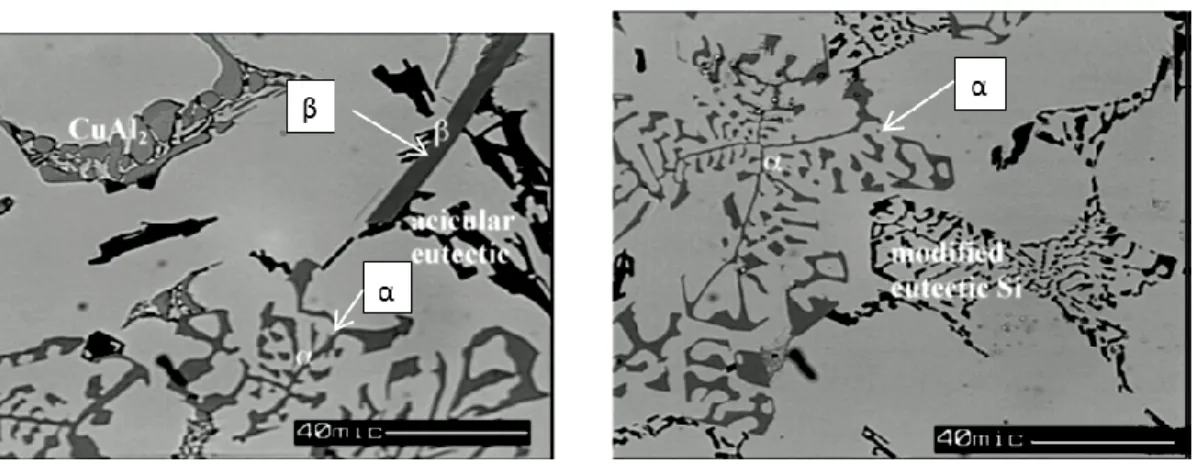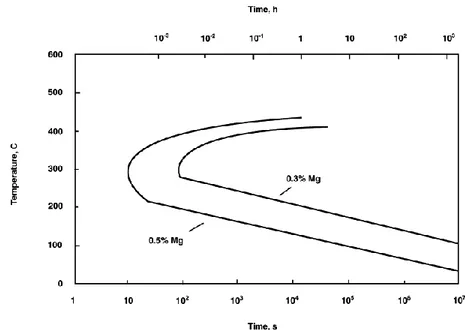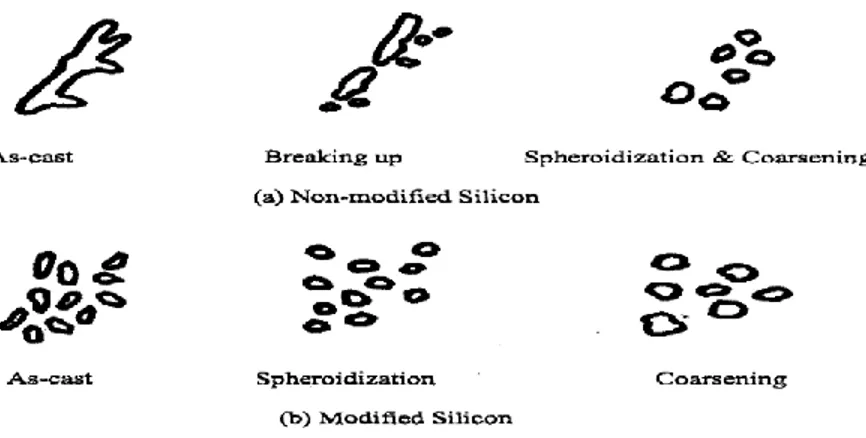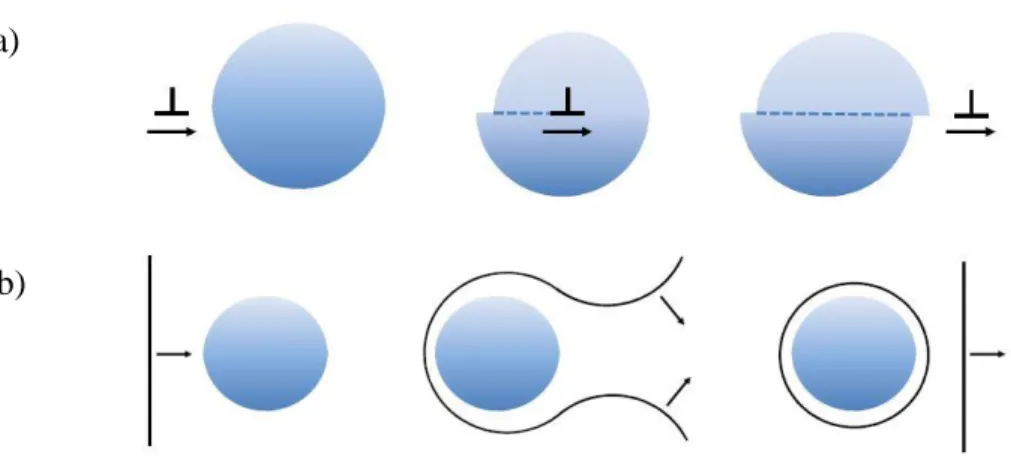Microstructural and mechanical characterization of transition elements-containing Al-Si-Cu-Mg alloys for elevated-temperature applications
Texte intégral
Figure


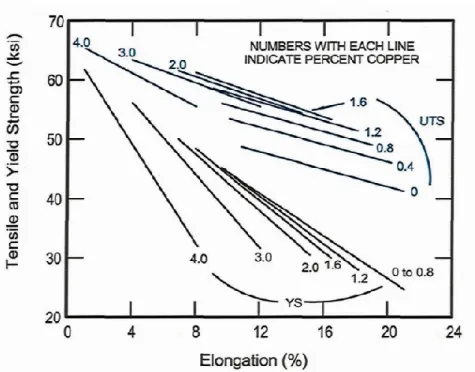

Documents relatifs
In this chapter, we will go through the main developmellts of multi-task learn ing and collaborative ifitering, analyze the main ways that Machine Learning tech niques are used in
D’un autre côté, nous avons présenté quelques recherches dans le domaine des systèmes intelligents qui avaient pour objectif de créer des systèmes computationnels permettant
En développant, dans cet article, un cadre global permettant d'appréhender l'utilisation de l'hypertexte comme un travail collaboratif où interviennent le système, la tâche et
In this paper we discuss our vision of a service aggregation model for the Internet of Things. The model is a complementary approach with existing sensor virtualisation,
Su objetivo primordial es mos- trar cada paso y su orden en el proceso de cálculo para obtener el Índice Integrado de Desarrollo Sos- tenible y los Índices de Desarrollo
Si l’émotion est au cœur de l’expérience touristique (Aho 2001, Bastiaansen et al. 2017, Tussyadiah 2014), elle est peu envisagée comme élément de valorisation de la
• Capacitamos en: liderazgo, planes de comercialización, planes de negocios para productos con valor agregado, gestión empresarial y asociativa, y buenas prácticas de
Elle se situe majoritairement dans les secteurs postérieurs de la mandibule (deux tiers des cas pour un tiers au maxillaire) 12 , et peut se présenter comme une tumeur
